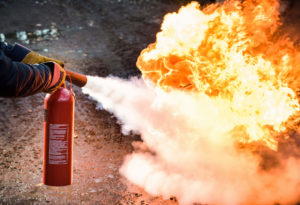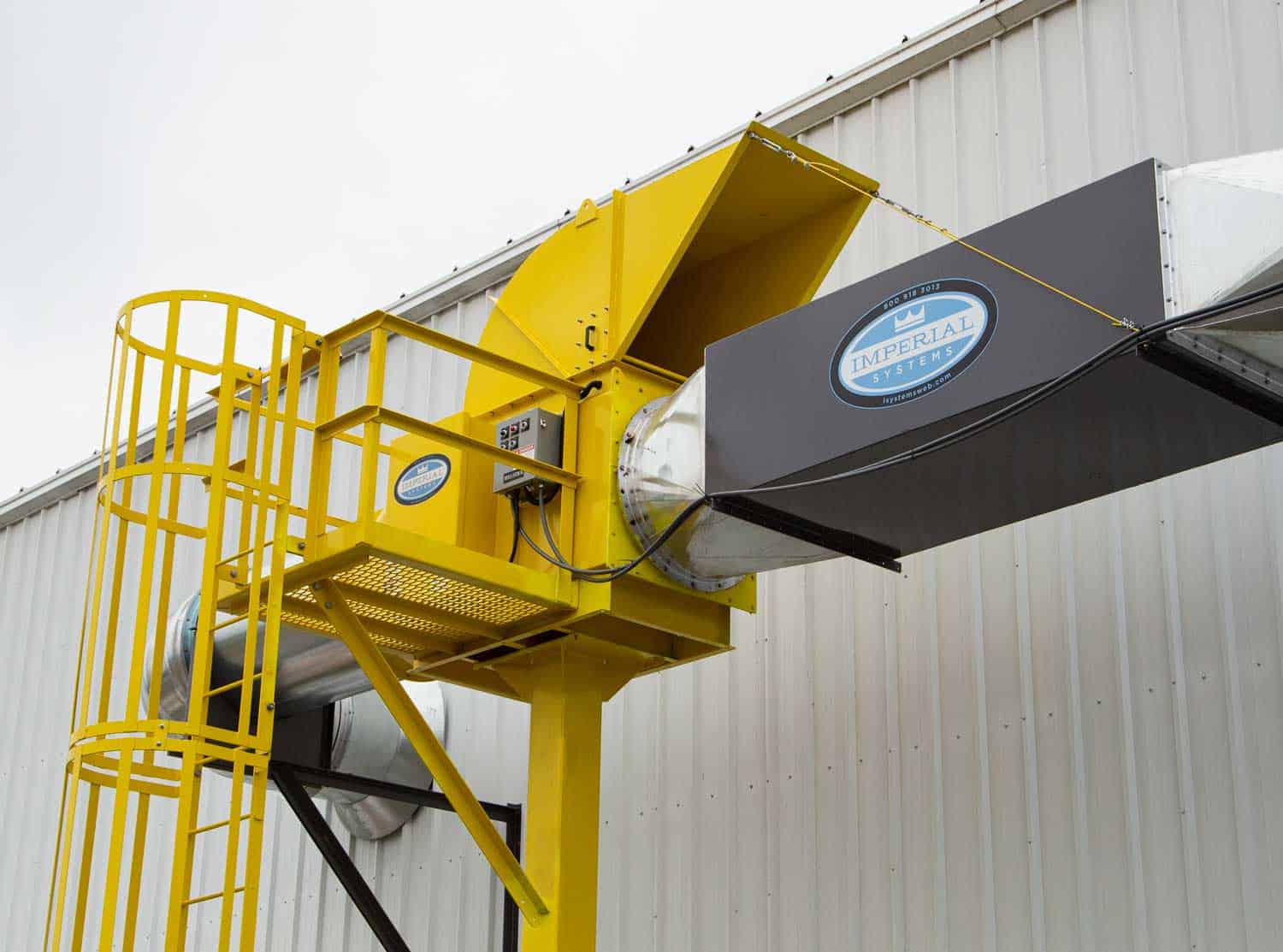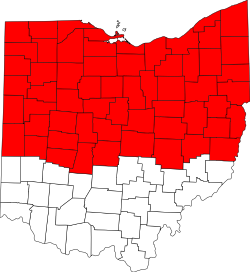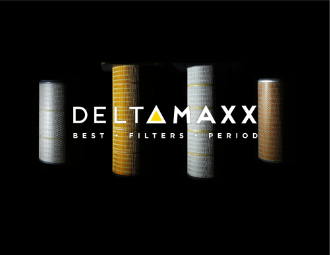If you need to prevent a dust collector explosion in your facility, following NFPA standards will guide you in the right direction. NFPA 69 Standard on Explosion Prevention Systems covers many different methods for preventing explosions.
This standard covers many types of explosive materials, but we’ll focus on the parts that apply to dust explosion prevention and dust collection systems. Also, many types of dust have a specific NFPA standard of their own (woodworking, agriculture, etc). Any of these industry-specific standards will take precedence. We’ll review them later in the series.
What NFPA 69 Says About Dust Collector Explosion Prevention
NFPA 69 specifies the requirements for explosion prevention. It also reviews options for different situations. Only some of them are relevant to dust collection. All methods require the owner or operator to keep records of the system’s maintenance and functioning.
IMPORTANT NOTE: A deflagration is a fire or flame front. It may be moving fast, but not as fast as an explosion. An explosion moves faster than the speed of sound and creates very high pressure. Devices built to handle a deflagration may not be designed to handle a dust collector explosion.
Pre-deflagration and control of ignition sources:
- Using an optical or another kind of sensor to detect a spark or burning material

- An automatic device triggered by the sensor diverts or extinguishes the hazard
- Only acceptable for ignition sources like sparks, NOT a solution to a fire already happening
Deflagration Control by Active Isolation:
- Actively stopping or controlling a fire that is already ignited
- Can include physical devices like explosion isolation valves
- Can also include chemical isolation (chemical fire extinguishment)
- Must include a method of fire or pressure detection to activate
Deflagration Control by Passive Isolation
- Includes in-line deflagration arrestors like the CMAXX IDA
- Act independently of the active explosion prevention devices
- Create a barrier that will stop a flame front
NFPA 69 Standard for Explosion Prevention Systems also reviews the standards and best practices for system design and installation. The details depend on your dust and which types of deflagration and explosion control you plan to use.
Dust Explosion Prevention Challenges
Dust, fumes, and other fine particles pose a special challenge for preventing fire or explosions. That makes it even more important to work with someone who has experience with your type of dust. The type of prevention your system needs might be very different from someone else’s.
For example, a spark arrestor’s job is to decrease the chance of sparks getting through to the collector. This works very well for applications like metal fume dust from welding or cutting.
However, spark arrestors are a terrible idea for woodworking applications. Wood dust accumulates inside spark arrestors, so a spark might start a fire instead of being put out.
Types of chemical isolation or extinguishment can also vary depending on your material. A standard chemical fire extinguisher might put out many fires. However, on a metal dust fire like aluminum or magnesium, only a Class D extinguisher will work. Water or the wrong extinguisher can cause the fire to grow explosively.
NFPA 69 and Other Combustible Dust Standards
The challenges of combustible dust handling led to the development of NFPA 652 and 654, standards specific to combustible dust. Sometimes these two will refer to NFPA 69. With NFPA standards, though, the standard that’s specific to the industry or topic takes precedence over the more general one.
In other words, the NFPA 651 Standard for the Machining and Finishing of Aluminum and the Production and Handling of Aluminum Powders gives instructions specific to aluminum. This should be your go-to standard if you deal with aluminum dust.
Fortunately, NFPA works hard to make sure the standards are up to date. They don’t usually conflict with each other, so your industry-specific standard may just be more specific or have some helpful details. NFPA 69 is still the gold standard for information about explosion prevention.
Because some industries, like agriculture and woodworking, create unusual challenges, you should be aware of the industry-specific standards that relate to your workplace. Check back if you’d like to learn more!




 Corrosive Salt Bath Needs A Tough Dust Collector
Corrosive Salt Bath Needs A Tough Dust Collector  5 Easy Ways to Damage Your Filters
5 Easy Ways to Damage Your Filters